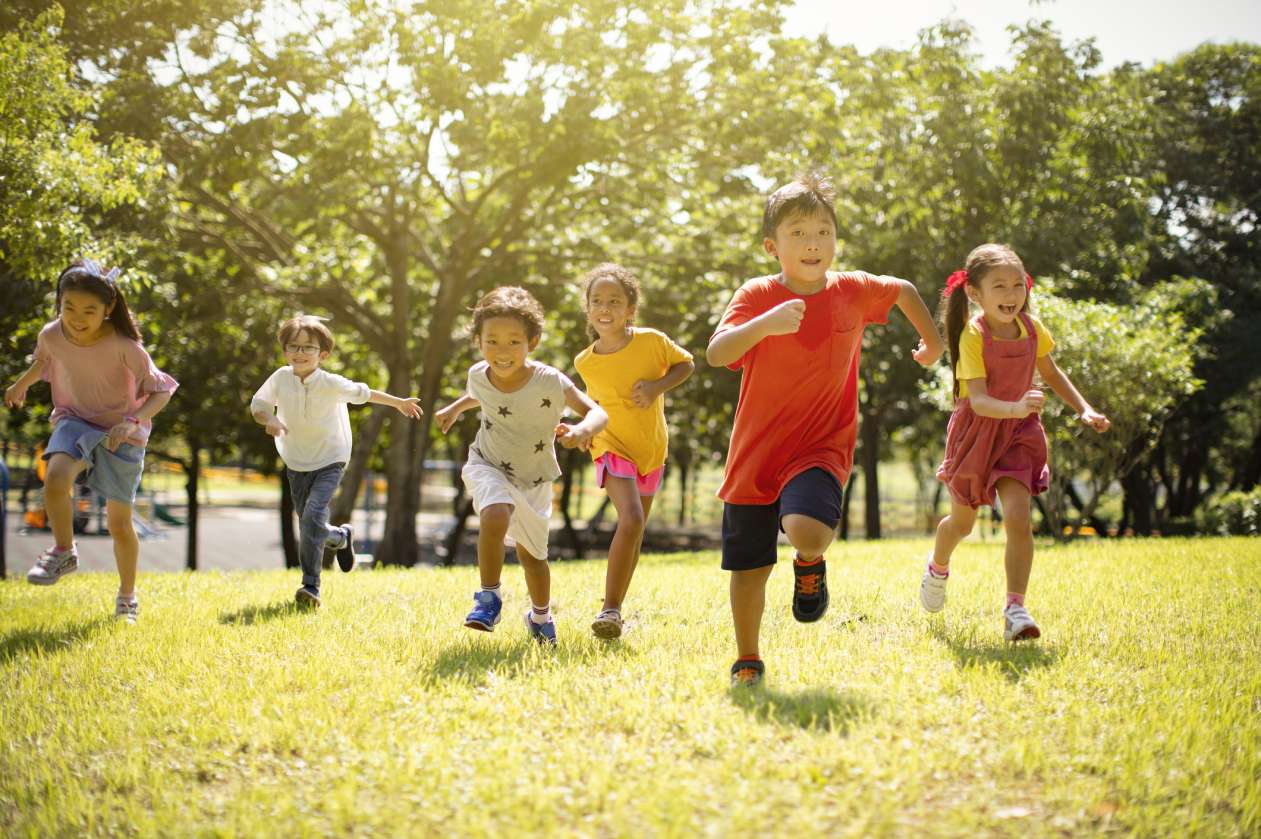Children have been spending more time indoors over the past couple of decades. They spend the majority of their time indoors, such as watching TV or playing video games, rather than doing morning chores like collecting eggs or feeding goats. This change has led to a less active living by limiting chances to be outside and perform physical activities.
Researchers have also observed an increase in mental health issues and behavioral disorders. There are likely other reasons, but less physical play is often cited. Happily, more teachers, doctors, and parents are becoming aware of how physical play can help kids’ mental health. These are just a few:
It Encourages Emotional Expression
When trying to express their emotions, many children feel unsafe and overwhelmed. They might have been through something terrible, or they might just be mad at a friend. They may even be thrilled or overjoyed, but they are unsure of how to express these emotions. The struggle might have something to do with the event, a specific person, or the child’s character. Kids may shut down or act out when they are unable to express their emotions.
Kids can work through their feelings and talk to their friends and family about them through physical play. As you push a child on the playground swings, they may come over to you. A group of kids playing soccer or hide-and-seek, on the other hand, might give another child a safe place to share their thoughts. To express their feelings, kids might start to act out an event they’ve had or play make-believe.
It Enhances Social Skills
One of the best things about physical play is that it gets kids to interact with others. Most of the time, people play with others. Most of the time, you need at least one other person to play a game, even if it’s just pretend. Many children would not be called on because a team needed one more play if physical play did not exist. Many children would sit alone and wish they had friends, but they might not have enough in common to connect them.
But in order to play a game of hide-and-seek, jump rope, or capture the flag, several children must work together, share, and alternate. These physical games help kids learn how to talk to each other, how to act, and maybe most importantly, how not to behave. Learning to read social cues from their friends is crucial for kids. After that, they’ll be adults who can do the same thing, avoiding big problems and learning how to work things out.
It Relieves Stress
You’re probably already aware that physical action of any kind is a stress relief for almost everyone. In a recent study, 75 percent of the parents who participated had observed a rise in at least one negative emotion in their children, such as worry, stress, or depression. Some people had seen more than one. Feelings of despair, rage, and even death can result from not dealing with them. What are you going to do?
I know it sounds silly, but physical play can help kids deal with stress and even worry and depression, just like it does for adults. Kids can lower their feelings of stress by going into a field once a day to chase a ball. Endorphin levels in the brain are raised by both physical exercise and play. Playing in physical ways can help kids better control their feelings, work through stress, and release more of those important chemicals that make us feel good.
It Reinforces Resilience
Kids don’t always get along while playing, though. Conflicts can temporarily put kids in stressful settings. Not surprisingly, kids (and adults too) do better with these kinds of short-term worries. Long-term stress is bad for your health, but short bursts of stress make you stronger. Resilient children mature into adults capable of managing difficult situations and overcoming obstacles.
When adults observe kids fighting, it’s crucial not to jump in too quickly. Afraid of not having anyone to play with, tougher, bigger kids are more likely to be nice to little ones. They can find ways to agree and settle so that younger, weaker kids can stay in the game they’re playing. Kids of ten emerge stronger and better prepared for real war later in life from both sides.
It Generates Imagination
Mind is the last but not least thing. These days, a lot of kids spend their time inside, in school, and in front of computers. They must be having a hard time with their feelings. Kids struggle to be creative, think outside the box, or even just to have fun when they lack creativity. Those kids grow up to be adults who struggle to solve problems or find purpose in their lives.
Kids learn to see things in new ways through physical play. Children can make up characters, role-play, and come up with answers to made-up problems when they interact with other kids during active games like Simon Says, a treasure hunt, or an obstacle course. Additionally, they will often get feedback from other kids, which helps them think of new ideas. Instead of being a trait to lose, imagination can be a skill to improve.
You want your kids to be exhausted and a little dirty from physical play at the end of the day in addition to being well-educated. These things are good for their minds, bodies, and emotions. Allow kids to enjoy and, these days, enjoy the luxury of free time to play games that require them to move. They’ll probably grow up to be the kind of adults who remember to thank you.
